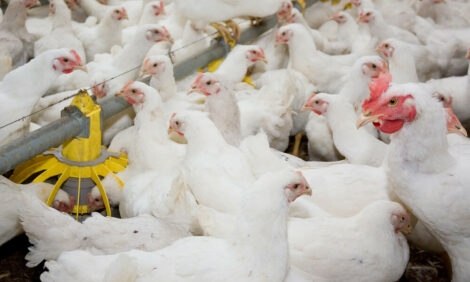



New Zealand Has Cut Campylobacter Cases by Half
NEW ZEALAND - New Zealand leads the world in controlling campylobacter, according to the country's food safety authority. Cases of foodborne disease have been cut by half in less than three years.New Zealand's efforts to drastically reduce the effects of the dangerous bacteria found in chicken have seen it lead global efforts to improve the safety of poultry for human consumption, according to the New Zealand Food Safety Authority (NZFSA).
NZFSA is taking the lead for the International Codex Committee on Food Hygiene (CCFH) in developing standards to combat campylobacter in broiler chickens.
The highly regarded Codex guidelines are also often used by international bodies, like the World Trade Organization, to settle trade disputes over food safety issues.
New Zealand had the world's highest rate of campylobacter infection, which can be caused by eating raw or undercooked poultry.
NZFSA's science director, Steve Hathaway says New Zealand's cutting-edge research and innovative controls have made huge inroads into decreasing the country's campylobacter infection rate.
"New Zealand has got a reputation for getting stuck in and really reducing what is a serious health problem world-wide. We have worked closely with the poultry industry over the past three years to research and develop campylobacter controls and other countries see there is a lot to learn from us as their focus on food-borne campylobacter infection increases."
In 2006, the effects of major food-borne illnesses cost New Zealand NZ$86 million in lost productivity. It was estimated 90 per cent of that cost was due to campylobacter infection. Just two-and-a-half years later, the NZFSA's campylobacter risk management strategy has made a 50 per cent reduction in cases of campylobacter infection caused by food. The annual saving to society is estimated to be around $36 million.
While New Zealand heads up the Codex work on campylobacter, Sweden will lead parallel guidelines for salmonella. When the combined international standard is completed, countries belonging to Codex will be able to use the guidelines and examples to control the effects of both bacteria in their own poultry industries.
The guidelines are expected to be finalised next year after the CCFH meets in November.









